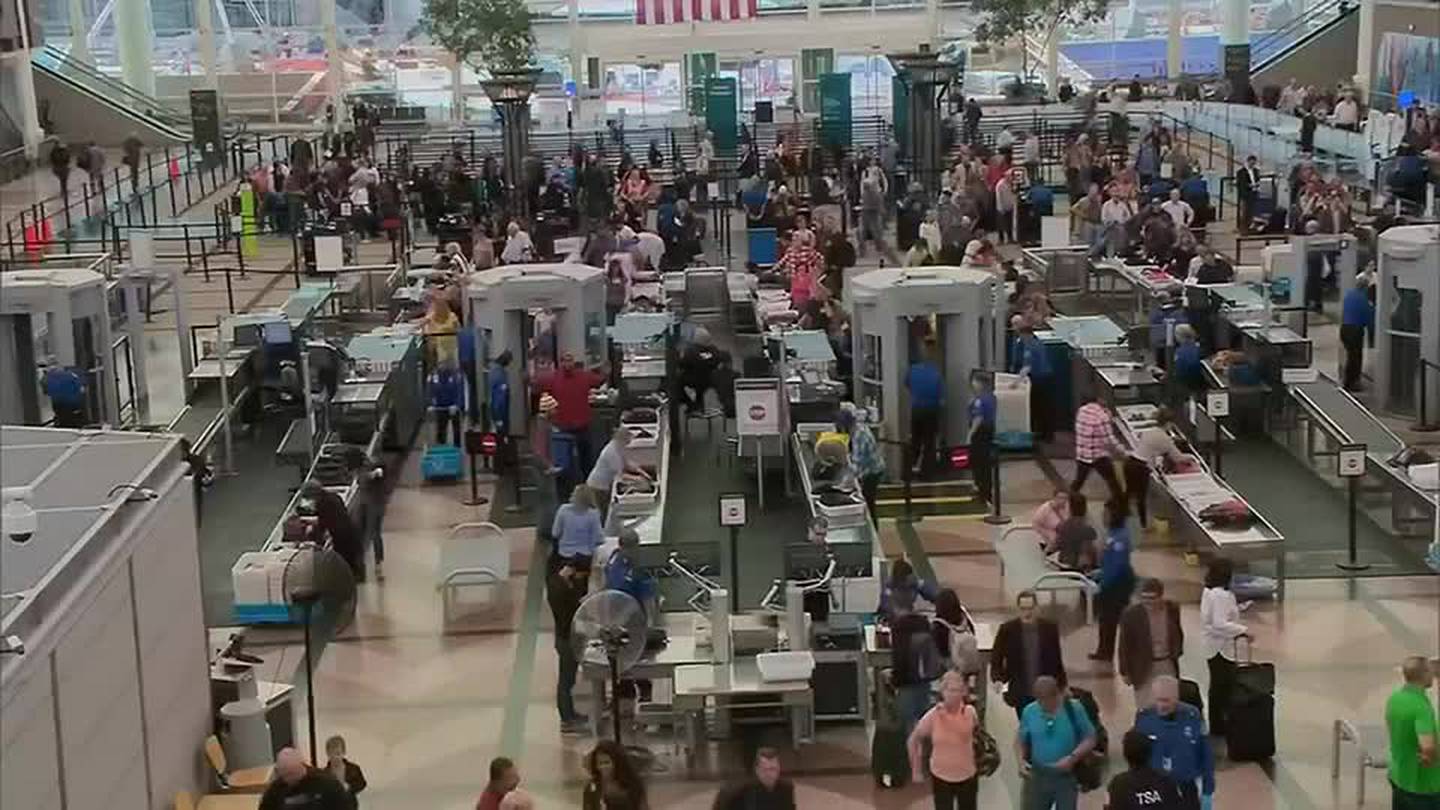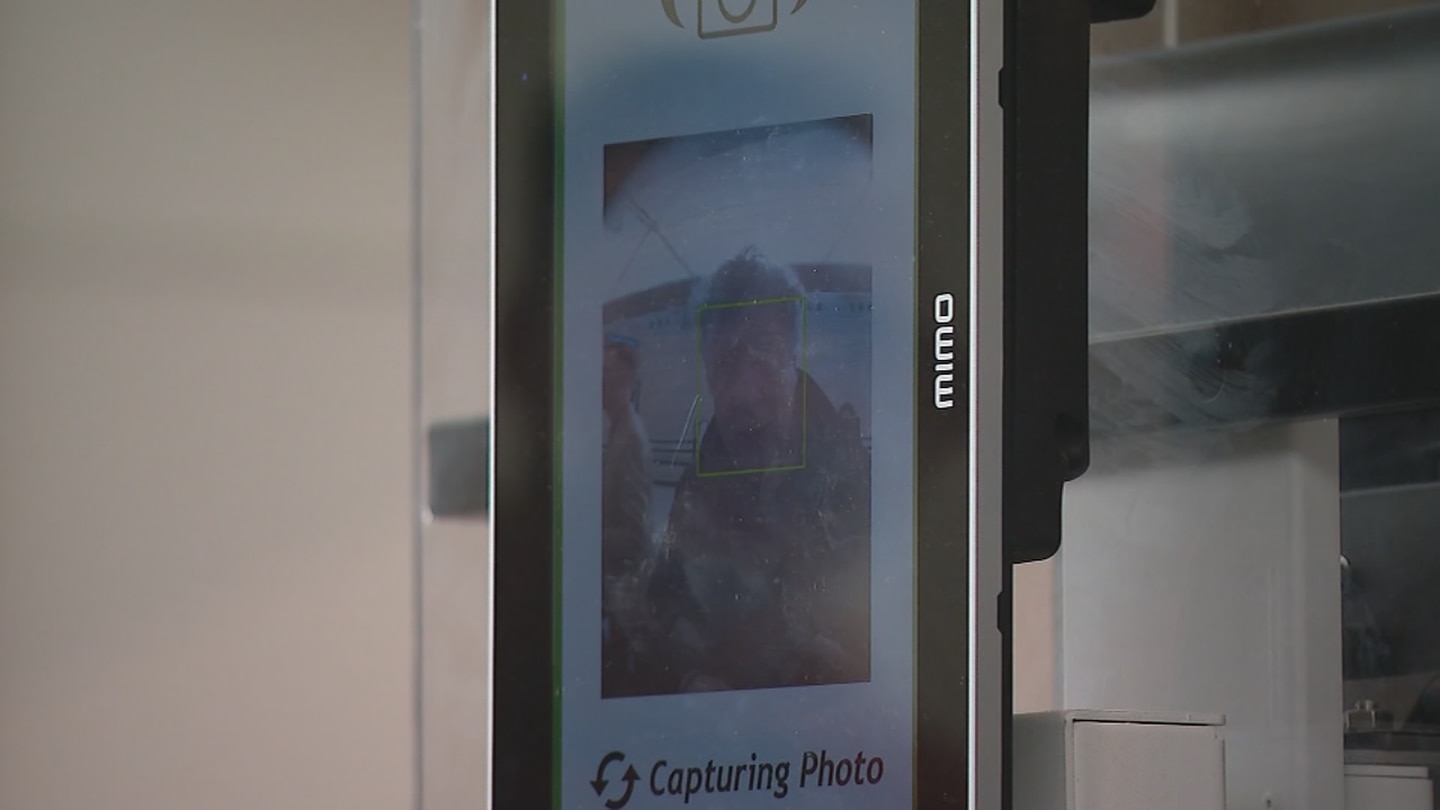Distributed Denial of Service (DDoS) Protection Market with Strategic Trends Growth, Revenue, Demand & Future Potential of Industry by 2030
PRESS RELEASE
Published May 3, 2023
Coherent Market Insights has announced the publication of a new report titled Distributed Denial of Service (DDoS) Protection Market 2023, which provides regional and global market data expected to increase in value between 2023 and 2030. The in-depth analysis of the global Distributed Denial of Service (DDoS) Protection Market offers critical insights into the industry’s changing dynamics, value chain analysis, prominent investment pockets, competitive scenarios, geographical landscape, and key segments. It also includes a comprehensive examination of the driving and restraint components for the global market. Also provides superior information on the global market’s working tactics and potential opportunities. This will assist industry participants, policymakers, stakeholders, investors, and new entrants in the Distributed Denial of Service (DDoS) Protection Industry in identifying and grasp innovative opportunities.
Request a sample to obtain authentic analysis and comprehensive market insights @https://www.coherentmarketinsights.com/insight/request-sample/1182
Note – Updated Version 2023 is available
This study provides detailed information on emerging trends, market drivers, development opportunities, and market restraints that have the potential to influence the dynamics of the Distributed Denial of Service (DDoS) Protection market. The study assesses the global Distributed Denial of Service (DDoS) Protection market size and examines the approach trends of the key international players. The study also estimates the market’s size in terms of revenue over the forecast period. All data numbers, including percentage share splits and breakdowns, are derived from secondary sources and cross-checked with primary sources. The report conducted a Porter’s five forces analysis, SWOT analysis, regulatory landscape, and prominent buyers to examine the industry’s primary influencing variables and entry barriers.
What is New Additions in 2023?
Detailed industry forecast
Additional information on company participants
Customized reports and analyst assistance are available upon request.
…





